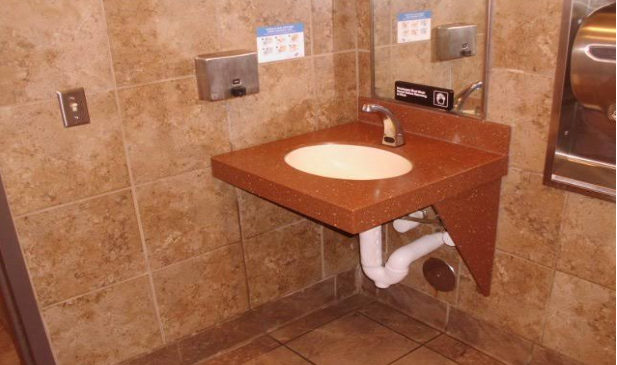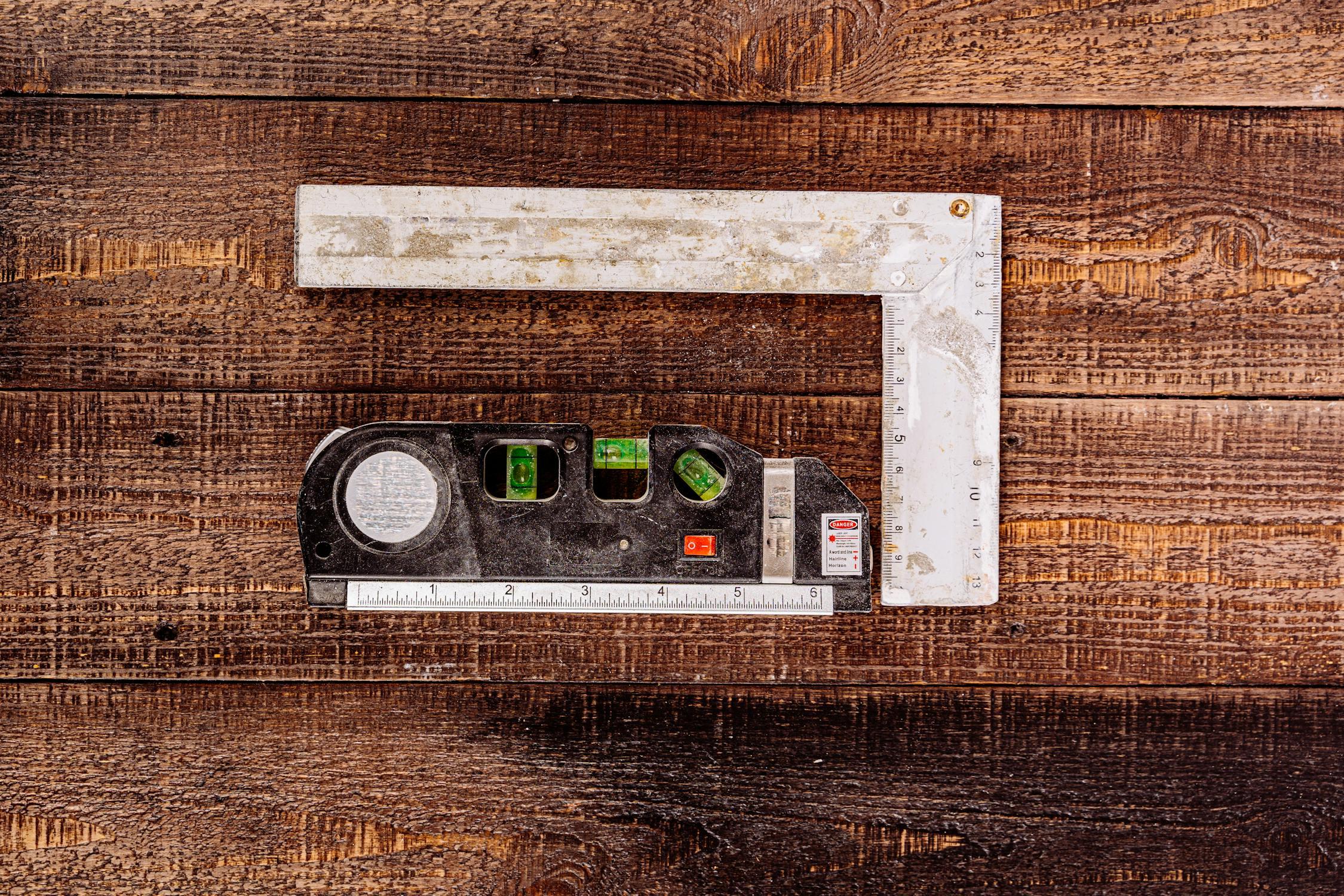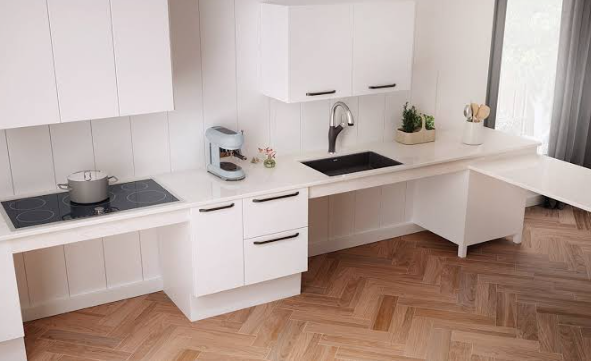
Architects play an important role in designing spaces that are accessible and inclusive for individuals with disabilities. To ensure compliance with the Americans with Disabilities Act (ADA) and uphold principles of universal design, architects rely on specialized tools and equipment for conducting accessibility assessments. In this article, we explore the importance of ADA inspection tool kits for architects and their role in creating inclusive environments.
Architectural accessibility involves the design of buildings, facilities, and outdoor spaces to accommodate individuals with disabilities. It involves considerations such as accessible entrances, pathways, restrooms, signage, and interior layouts. Architects must adhere to ADA standards and guidelines to ensure that their designs provide equal access and usability for all individuals, regardless of disability.

ADA inspection tool kits help architects achieve their full potential throughout the design process:
Before embarking on a new project, architects can use ADA inspection tool kits to conduct pre-design assessments of existing buildings and structures. By evaluating accessibility features and identifying potential barriers, architects can make informed decisions during the design phase to address accessibility concerns effectively.
Throughout the design and construction phases, architects use ADA inspection tool kits to verify compliance with ADA standards and regulations. Measuring devices, slope indicators, and tactile rulers enable architects to ensure that ramps, doorways, corridors, and other architectural elements meet accessibility requirements.
ADA inspection tool kits facilitate quality assurance by enabling architects to conduct effective inspections of finished projects. Inspectors can use specialized tools to verify the accuracy of completed accessibility features and address any issues before the building is occupied.
Architects can use ADA inspection tool kits to educate clients about the importance of accessibility and show their commitment to designing ADA-compliant spaces. By conducting accessibility assessments and sharing findings with clients, architects can promote awareness and advocate for universal design principles.
ADA inspection tool kits for architects typically include a variety of tools and equipment designed for assessing architectural accessibility:
Tape measures, laser distance meters, and digital level instruments enable architects to accurately measure dimensions, heights, and slopes of architectural features including knee clearance ada.
Inclinometers and slope meters help architects access ramp gradients, sidewalk slopes, and other terrain variations to ensure compliance with ADA requirements.
Tactile rulers and gauges assist architects in evaluating the height and spacing of tactile warning surfaces, signage, and other tactile elements for individuals with visual impairments.
Digital inspection checklists, mobile applications, and software solutions improve data collection, analysis, and reporting processes, increasing efficiency and accuracy during inspections.

ADA inspection tool kits are invaluable resources for architects looking to create accessible and inclusive environments. By using specialized tools and equipment, architects can conduct thorough accessibility assessments, verify compliance with ADA standards, and advocate for universal design principles.
Incorporating ADA inspection tool kits into architectural practice promotes awareness of accessibility issues, fosters collaboration with clients and stakeholders, and ultimately contributes to the creation of barrier-free environments that benefit individuals with disabilities.
As architects continue to prioritize accessibility in their designs, ADA inspection tool kits will remain essential tools for ensuring that buildings and spaces are accessible, usable, and welcoming to everyone.

When considering the safety and accessibility of all users in a restroom, sink clearance plays a crucial role. The amount of space around a sink

Building an ADA-compliant kitchen doesn’t have to involve a full renovation. With a few adjustments, you can ensure ADA clearance in your kitchen and make